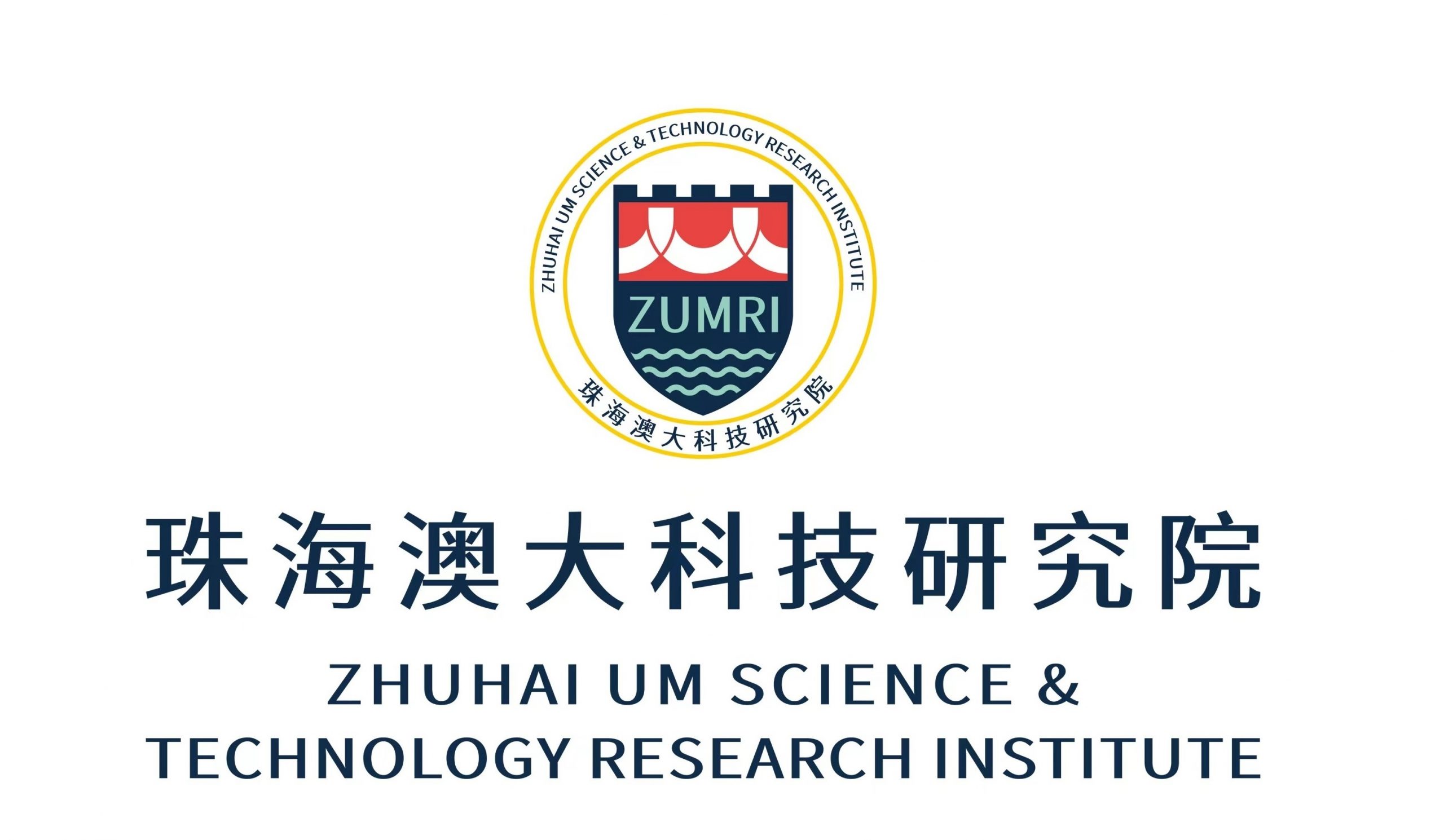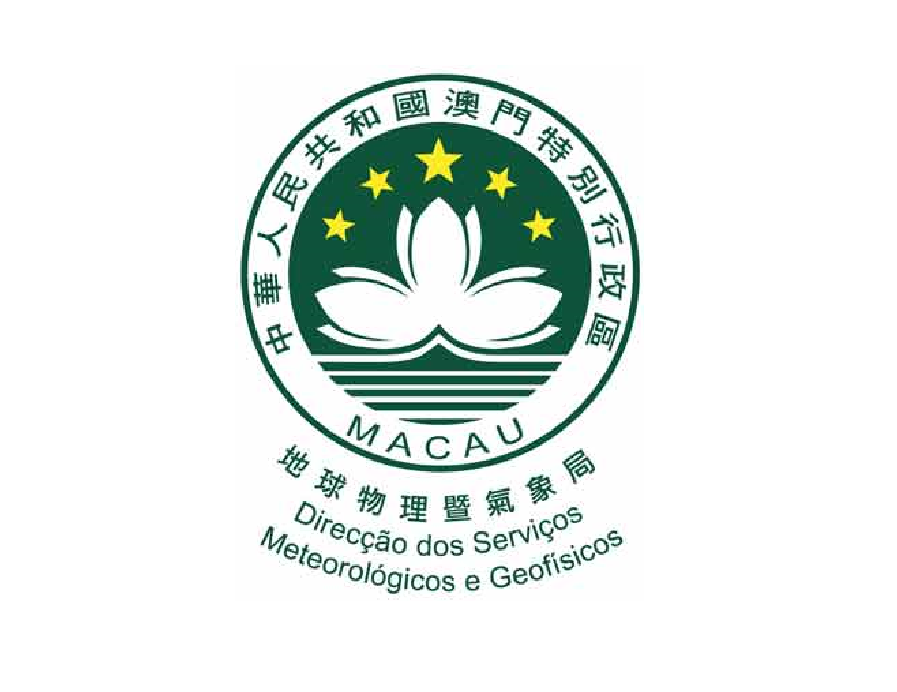Keynote Speakers
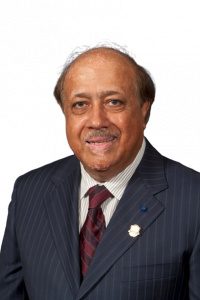
Ahsan KAREEM
Director, NatHaz Modeling Laboratory
Member of U.S. National Academy of Engineering, Foreign Member of the Chinese Academy of Engineering
University of Notre Dame, USA
Talk Title: Building Resilient Cities: The Role of Advanced Technologies
Date: 23rd August, 2024
Abstract:
Cities worldwide face significant exposure to natural hazards such as typhoons and earthquakes, which frequently result in substantial damage to infrastructure and disrupt essential services and daily life. These vulnerabilities can escalate natural hazards into full-scale disasters, as seen in the devastating impact of Hurricane Katrina in the US. Recognizing the escalating impact and complexities of such disasters underscores the critical imperative to enhance community resilience.
Community resilience revolves around three interlinked dimensions: reducing the likelihood of failure, minimizing the severity of adverse consequences, and enabling swift recovery from disaster impacts. A comprehensive resilience framework for urban environments involves evaluating the impact of diverse natural and human-induced hazards, as well as potential climate change impacts, against established performance criteria.
A pivotal strategy in addressing these challenges lies in fortifying the resilience and sustainability of cities through advanced computational and digital technologies. Technologies such as vision/image-based systems, the Internet of Things (IoT), Digital Twins, and Machine Learning are instrumental in this regard. These innovations empower cities to develop robust, hazard-resilient infrastructure capable of withstanding and adapting to diverse challenges. For instance, leveraging cyberinfrastructure for advanced modeling can enhance predictive capabilities and facilitate targeted mitigation efforts. The lecture will cover examples of hazards leading to disasters, modeling portfolios within cyberinfrastructure, and strategies for mitigation, ultimately aiming to build hazard and climate-resilient infrastructure supported by digital technologies and finally the cyber security of infrastructure.
Ahsan Kareem is the Robert M. Moran Professor of Engineering in the Department of Civil & Environmental Engineering and Earth Sciences (CEEES) at the University of Notre Dame. He is the Director of the NatHaz Modeling Laboratory and has served as the Chair of the Department of CEEES at the University of Notre Dame. He is a member of the US National Academy of Engineering, Chinese Academy of Engineering as well as Indian and Japanese academies.
The focus of his work is on quantifying load effects caused by various natural hazards on structures and developing innovative strategies to manage and mitigate their effects. The characterization and formulation of dynamic load effects due to wind, waves, and earthquakes on tall buildings, long-span bridges, offshore structures, and other structures are carried out via fundamental analytical computational methods, and experiments at laboratory, and full-scale. He directs NatHaz Group (NatHaz Modeling Laboratory) which focuses on developments in cyberspace virtual collaborative research platforms, e.g., virtual organizations, crowdsourcing, computational intelligence, living laboratories, sensing and actuation, citizen sensing, IoT, digital twins, web-enabled analysis and design, scientific machine learning (SciML) and cloud-based computing.
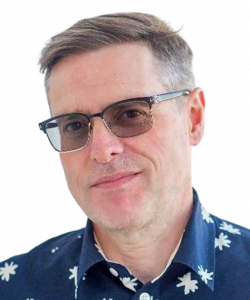
Mark GIROLAMI
Professor, Royal Academy of Engineering Research Chair in Data Centric Engineering
University of Cambridge, UK
Talk Title: Data Centric Engineering: A New Concept?
Date: 23rd August, 2024
Abstract:
Lord Kelvin stated that ‘To Measure is to Know’. The role of experiment, empirical observation and data have always been core to the development of the empirical laws of the engineering sciences and associated professions. So, what does Data Centric Engineering actually mean? Is this yet another bandwagon of hype or is there substance behind the term? This talk will highlight the role of recent advances in the data sciences and how they are transforming the study and practice of engineering.
Mark Girolami was elected as the Sir Kirby Laing Professor of Civil Engineering at the University of Cambridge on the retirement of Lord Robert Mair, where he is also the Royal Academy of Engineering Research Chair in Data Centric Engineering. Prior to joining the University of Cambridge, Mark held the Chair of Statistics in the Department of Mathematics at Imperial College London. Professor Girolami is also the Chief Scientist of the Alan Turing Institute, the UK national institute for Data Science and AI. At the Turing he established Data Centric Engineering as a cross cutting discipline between the Data Sciences and the Engineering Sciences and is currently Editor in Chief of the Cambridge University Press journal on Data Centric Engineering. He has held consecutive research fellowships from the EPSRC, a Royal Society Wolfson Merit Award, and in 2023 received the Royal Statistical Society Guy Medal in Silver. He is an elected fellow of the Royal Academy of Engineering and the Royal Society of Edinburgh. He spent ten years at IBM as a chartered engineer.
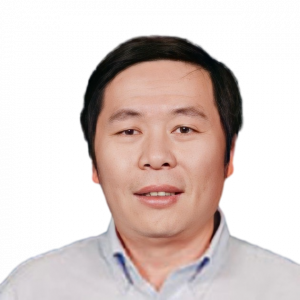
Hong HAO
John Curtin Distinguished Professor
Foreign Member of the Chinese Academy of Engineering, Fellow Australian Academy of Technological Science and Engineering (ATSE)
Guangzhou University, China, Curtin University, Australia
Talk Title: Urban-Scale Multi-Hazard Modeling, Assessment and Risk Analysis
Date: 22nd August, 2024
Abstract:
Civil engineering structures in urban areas face threats from multiple natural and manmade hazards, which may lead to catastrophic consequences with loss of life and economy, as well as disruption of social functions. Effective identification of the vulnerability distributions for planning timely and efficient responses would greatly increase the resilience of the urban areas to these threats, therefore have attracted significant research attentions. Despite tremendous research resources and efforts have been devoted to this topic, reliable predictions of structural performances, especially in an urban scale, under either independent, concurrent, or cascading multi-hazards still face significant challenges. This talk addresses several critical challenges in this domain, including the efficient acquisition of urban information, the construction of comprehensive digital urban structures, accurate simulation and prediction of disasters, and the effective utilization of digital environmental results for post-disaster assessment. This study presents a detailed exploration of methodologies and findings. Firstly, the construction of urban digital structures using satellite imagery and Geographic Information Systems (GIS) is discussed, which enables the efficient and precise acquisition of urban information. Secondly, the presentation delves into the simulation and prediction of urban disasters associated to natural hazards such as earthquakes and floods, and manmade threat of explosions. These simulations leverage both physical models and advanced AI models to provide robust frameworks for understanding and forecasting the impacts of various hazards and their effects on structures in urban areas. Practical applications of these methodologies are explored in real-world scenarios, taking Guangzhou city and the Guangzhou University campus as examples. Through these case studies, the effectiveness and potential for broader implementation of these approaches are demonstrated.
Hong Hao received BEng from Tianjin University, China, MSc and PhD from the University of California at Berkeley, USA. He is a Professor in Earthquake Engineering Research and Test Center, Guangzhou University, China and John Curtin Distinguished Professor in Curtin University, Australia. He has won over five dozen research grants and has been invited to give more than 100 keynote presentations in international and national conferences in many countries. His research results are included in textbooks, adopted in design codes, and used in construction projects around the world. He is the chief editor of International Journal of Protective Structures and serves in the editorial board of many journals. He was the President of the International Association of Protective Structures, and president of Australian Earthquake Engineering Society. He has published more than 700 journal articles. His publications have received over 42000 citations with H-Index 105. He is one of the most highly cited researchers in civil engineering, ranked the 6th in Civil Engineering in 2023 Standford list of top 2% Scientists and 1st in Civil Structural Engineering in SciVal database. He has won over 60 research, publication and supervision awards, including Nishino medal from East Asia Pacific Structural Engineering and Construction Congress, Charles Bubb Medal from Australian Earthquake Engineering Society. He is fellow of Australian Academy of Technological Science and Engineering, foreign member of Chinese Academy of Engineering, Distinguished fellow of IAPS, ARC Laureate fellow, American Society of Civil Engineers, Engineers Australia, and International Association of Engineering Asset Management.
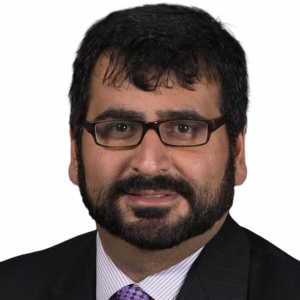
Ramteen SIOSHANSI
Professor
IEEE Fellow
Carnegie Mellon University, USA
Talk Title: Technology and Market-Design Challenges to Decarbonize Electricity Systems
Date: 23rd August, 2024
Abstract:
The electricity industry, policymakers, and regulators are grappling with decarbonizing electricity systems. Decarbonization will yield significant changes in how electricity systems are planned and operated and will require policy and market-design reforms. This talk will survey these changes as well as the major challenge of achieving the final 10%-20% of decarbonization (relative to a business-as-usual benchmark).
Ramteen Sioshansi is a professor in Department of Engineering and Public Policy and Department of Electrical and Computer Engineering, director of Carnegie Mellon Electricity Industry Center, and a faculty affiliate of Wilton E. Scott Institute for Energy Innovation at Carnegie Mellon University and an adjunct professor in Department of Integrated Systems Engineering at The Ohio State University. His research focuses on the techno-economics of decarbonizing energy systems. He works also in energy policy and electricity-market design, especially as they pertain to energy decarbonization. He is an IEEE Fellow and served three two-year terms on Electricity Advisory Committee, a federal advisory committee to the U.S. energy secretary, and chaired its Energy Storage (Technologies) Subcommittee.



